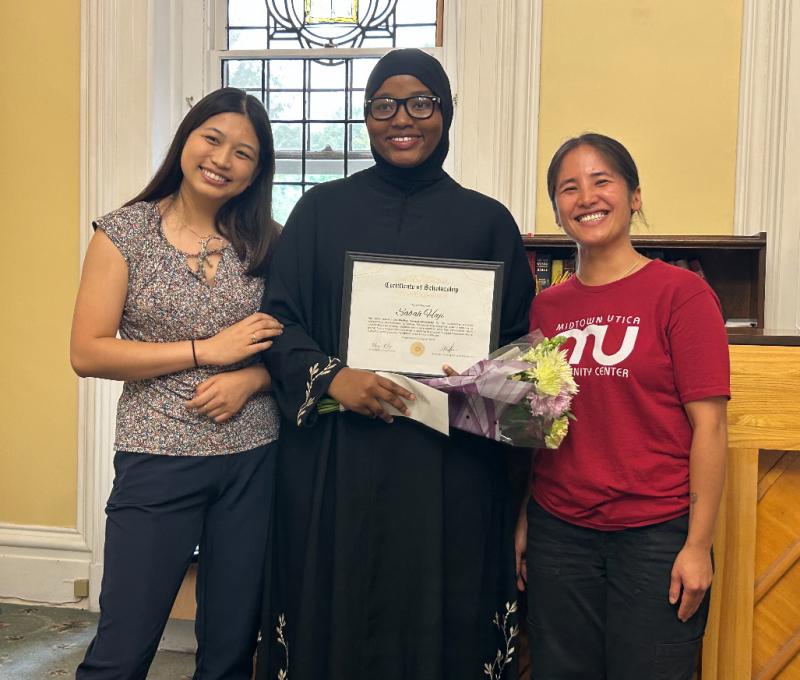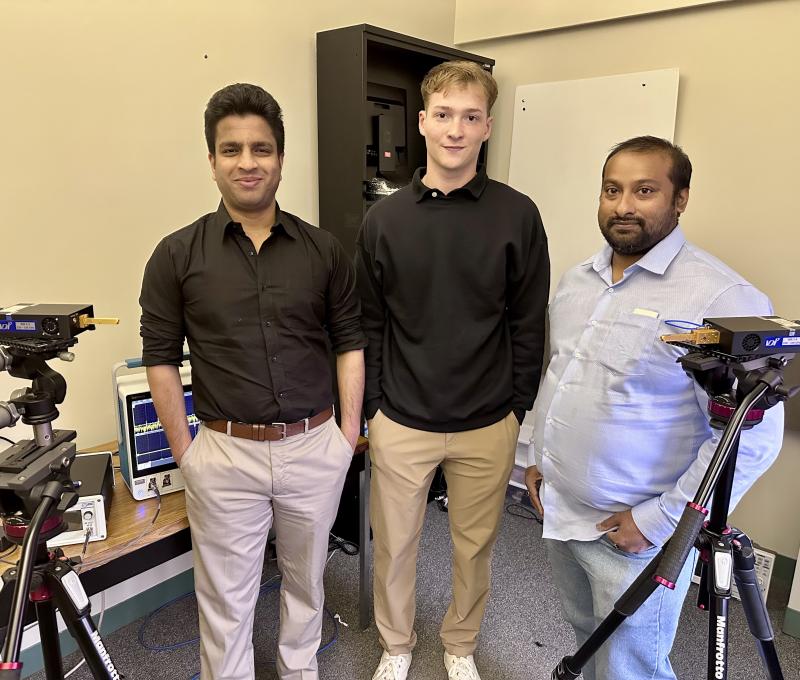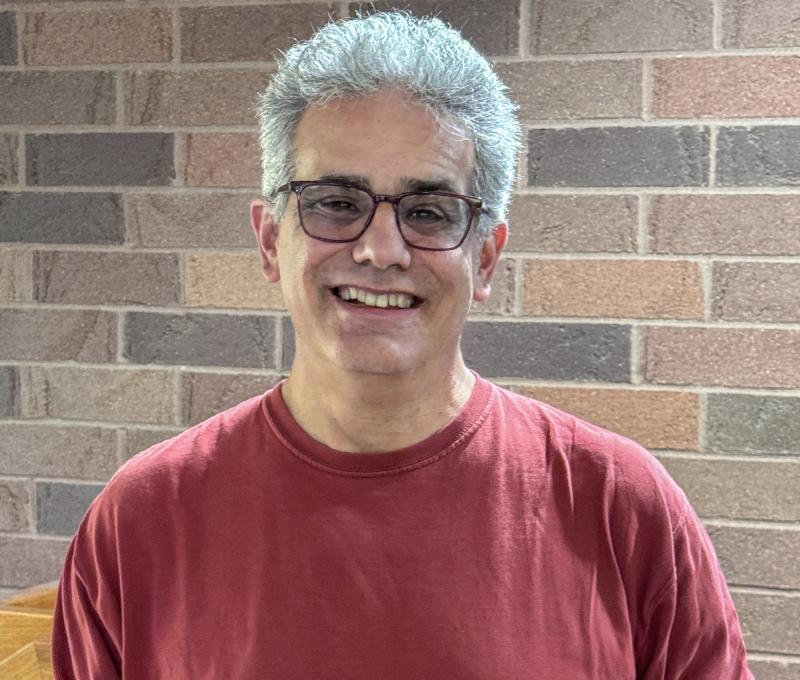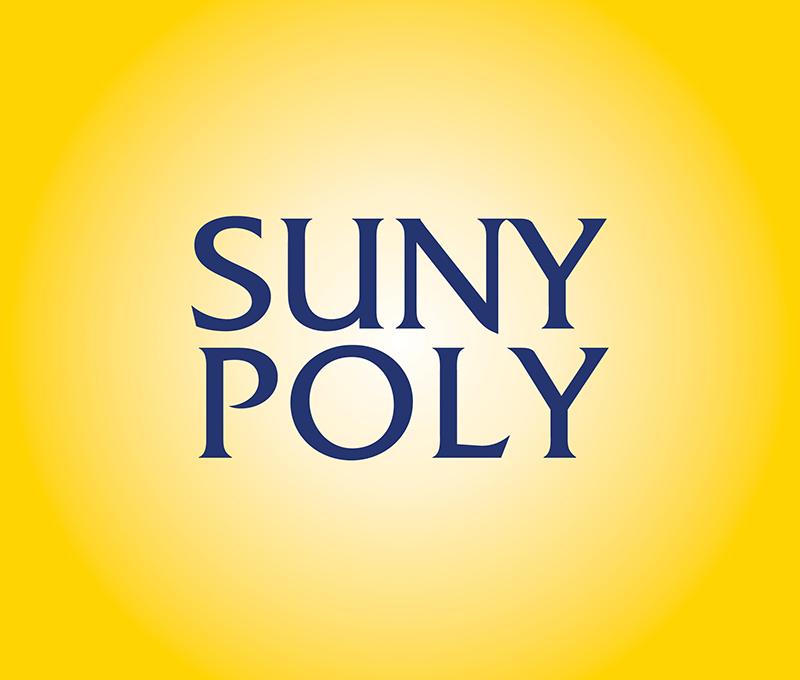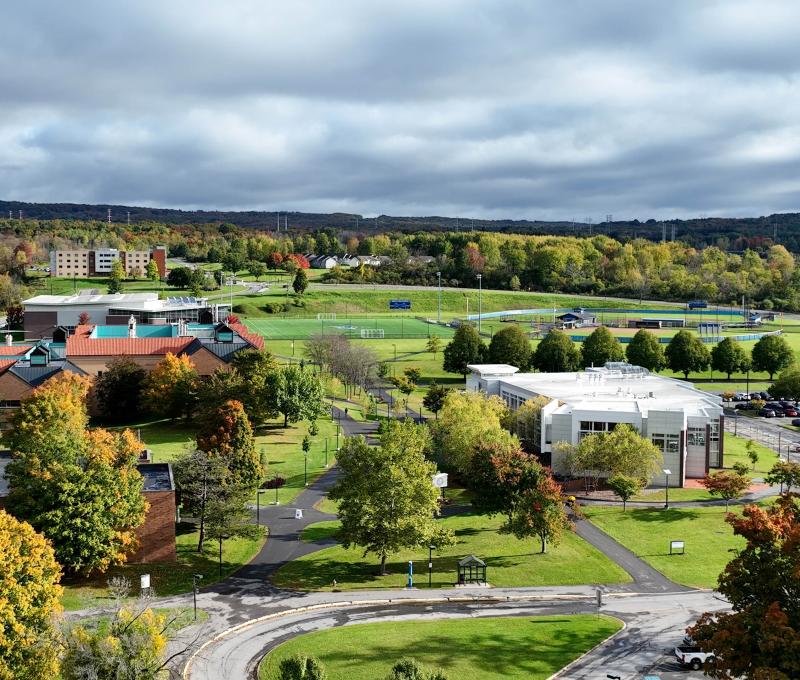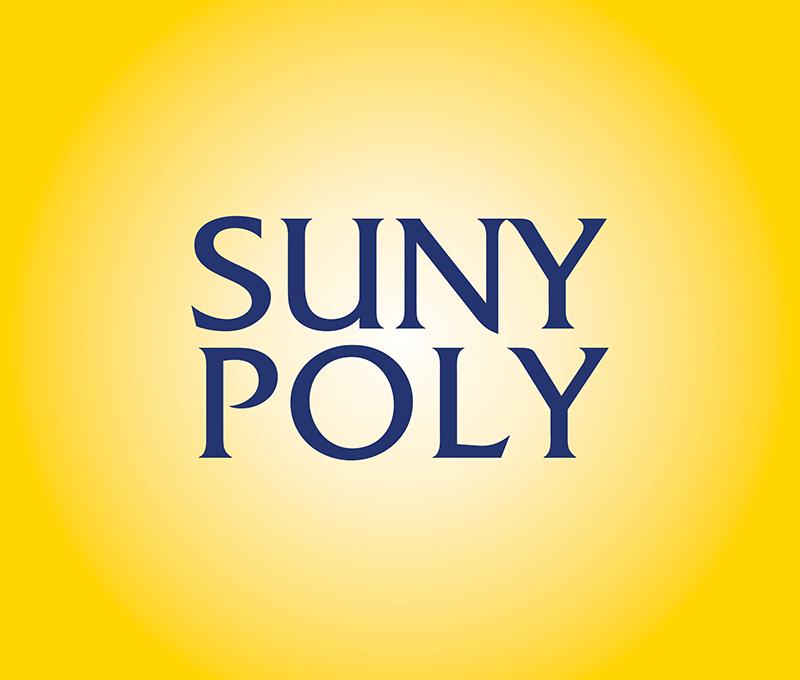Students talk Citizenship and Suffrage struggles

A robust audience of roughly 30 people gathered at the Oneida County History Center December 2 to soak in the research of students from SUNY Poly’s History-Interdisciplinary Studies Gender Issues in World History class and ask questions about citizenship and suffrage struggles in New York and around the world.
A parallel event was held at the Midtown Utica Community Center (MUCC) just a few days later on December 2.
Free and open to the public, the family-friendly program included creative, interactive stories and activities about activists and their achievements for children in first grade and up. Among those in attendance were children under the age of 10 as well as several teenagers and adult community members.
“I was very proud of my students,” said Professor Kristina Boylan, who teaches Gender Issues in World History at SUNY Poly. “They spoke clearly, used a range of modalities to present, from informative Powerpoint presentations on Morocco, Madagascar, and Romania to poster boards on Iran, Japan to poems read with audience participation (also focused on Japan), to a projected-image storybook narrating the experiences of a young Afghan girl.”
Audience members asked questions of multiple students, with the Iran and Afghanistan presentations eliciting the most responses, particularly regarding the tensions between fundamentalists that Boylan notes are more well-known from media portrayals and existing traditions of struggles for rights and political participation for women.
“The students delivered strong performances on an unusual assignment, that of 'translating' their research on the history of rights struggles in different world regions and time periods for younger and non-academic audiences,” Boylan explains. “They engaged members of our local community in discussions of global history and issues, showing the value of using critical approaches to society and technology that are part of their SUNY Poly courses like this one and programs of study. Also, the students demonstrated in their public presentations and their research/reflection papers that they themselves had engaged in sophisticated ways with a range of sources, methods of analysis, and choices made in project development. Future students take note - their hard work and successes motivate me, and, I hope, other instructors, to use service-based learning assignments with a public/broader audience element in other history classes!”

